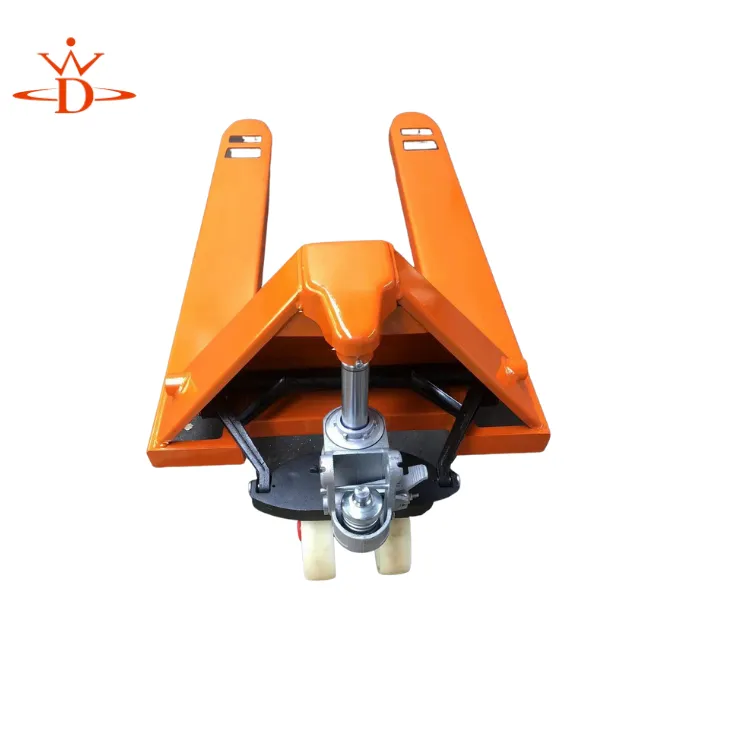Exploring Versatile Gantry Systems for Enhanced Efficiency in Construction and Industrial Applications
The Advantages of Adjustable Gantries in Modern Engineering
In the realm of modern engineering and construction, adjustable gantries have emerged as pivotal structures that enhance efficiency and safety. These versatile frameworks, designed to support loads and facilitate the movement of materials or equipment, have revolutionized various sectors, including manufacturing, construction, and even logistics. This article delves into the significance, benefits, and applications of adjustable gantries in today's industrial landscape.
Definition and Structure
An adjustable gantry is a movable structure, often composed of a framework of beams and supports, designed to lift and transport heavy loads. The distinctive feature of these gantries is their ability to adjust in height and width, allowing them to cater to various loads and workspace constraints. This adaptability makes them valuable assets in environments where flexibility is crucial.
Enhanced Flexibility and Efficiency
One of the primary advantages of adjustable gantries is their flexibility. In factories or construction sites where tasks frequently change, the ability to modify the gantry's configuration can significantly enhance operational efficiency. For instance, a gantry can be adjusted to fit different load heights or widths, allowing workers to move equipment and materials without the need for multiple fixed cranes or lifts. This adaptability not only saves time but also reduces the need for extensive equipment, thus lowering operational costs.
Safety Improvements
adjustable gantry

Safety is a paramount concern in any industrial environment. Adjustable gantries, designed with proper engineering principles, offer enhanced safety features. Their adjustable nature allows for optimal positioning when lifting materials, thereby minimizing the risk of accidents associated with improper lifting techniques. Additionally, many automatic adjustable gantries are equipped with sensors and safety mechanisms, such as overload protection systems, ensuring that loads are handled safely and efficiently.
Cost-Effectiveness
In an era where cost-cutting is essential for business sustainability, adjustable gantries provide a cost-effective solution for companies. By minimizing the need for multiple specialized lifting devices, businesses can conserve capital and reduce maintenance costs. Moreover, the improved productivity achieved through their use can lead to increased output and revenue over time, making them a worthwhile investment.
Applications in Various Industries
Adjustable gantries are utilized across a spectrum of industries, showcasing their versatility. In manufacturing, they are often employed for assembly line operations, assisting in the movement of heavy components. In the construction industry, adjustable gantries facilitate the erection of large structures, enabling workers to position materials accurately. Furthermore, industries such as shipbuilding and aerospace benefit from adjustable gantries that aid in the assembly and maintenance of large components, where precise placement is essential.
Conclusion
The versatility, safety, and cost-effectiveness of adjustable gantries mark them as invaluable tools in the modern engineering landscape. As industries continue to seek innovative solutions to improve productivity and safety in the workplace, the role of adjustable gantries will likely expand. With technological advancements, such as automation and smart sensing capabilities, the future of adjustable gantry systems looks promising, paving the way for more efficient and safer industrial operations. In a world that demands flexibility and efficiency, adjustable gantries stand out as a solution that addresses these needs head-on, transforming how industries operate and evolve.
-
The Ultimate Guide to Heavy Machinery Moving EquipmentNewsAug.04,2025
-
The Evolution of Large Equipment MoversNewsAug.04,2025
-
Maximizing Efficiency with PML Magnetic Lifters in Industrial OperationsNewsAug.04,2025
-
Choosing the Best Small Gantry CraneNewsAug.04,2025
-
Innovations in Permanent Lifting Magnet TechnologyNewsAug.04,2025
-
How to Maintain Your Adjustable Gantry Crane for LongevityNewsAug.04,2025
-
PML 6 Lifting Magnet Troubleshooting GuideNewsJul.25,2025
